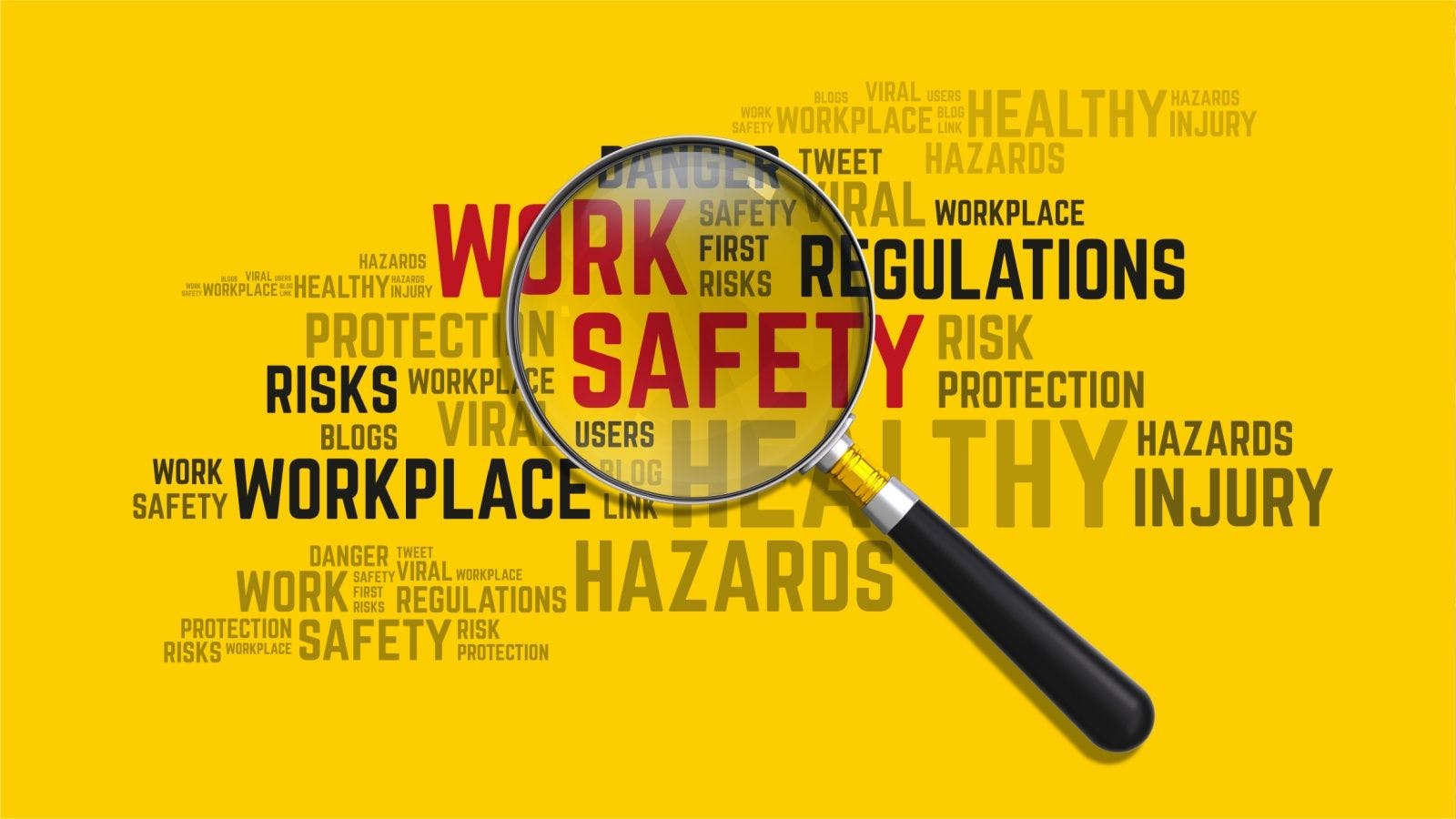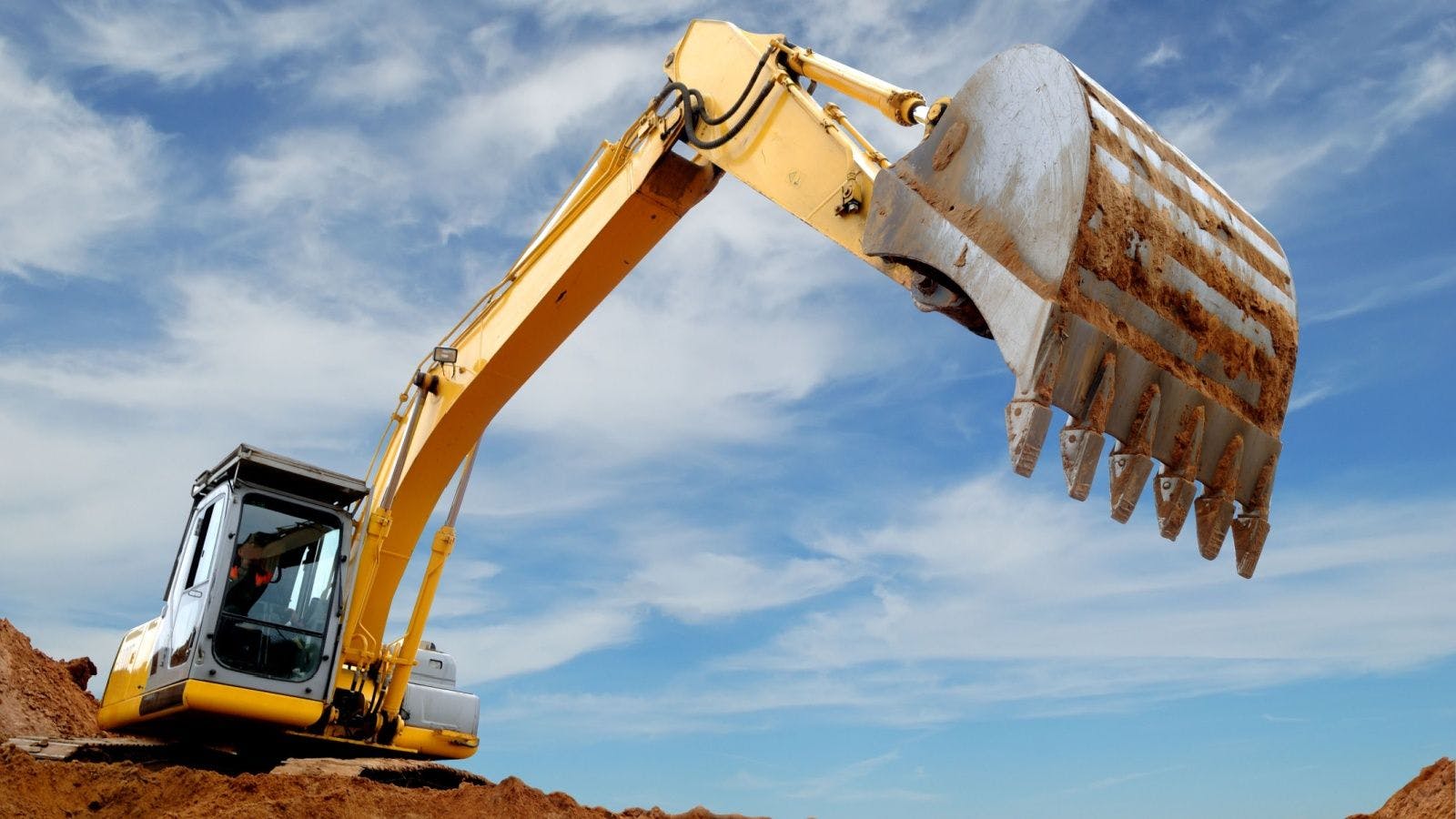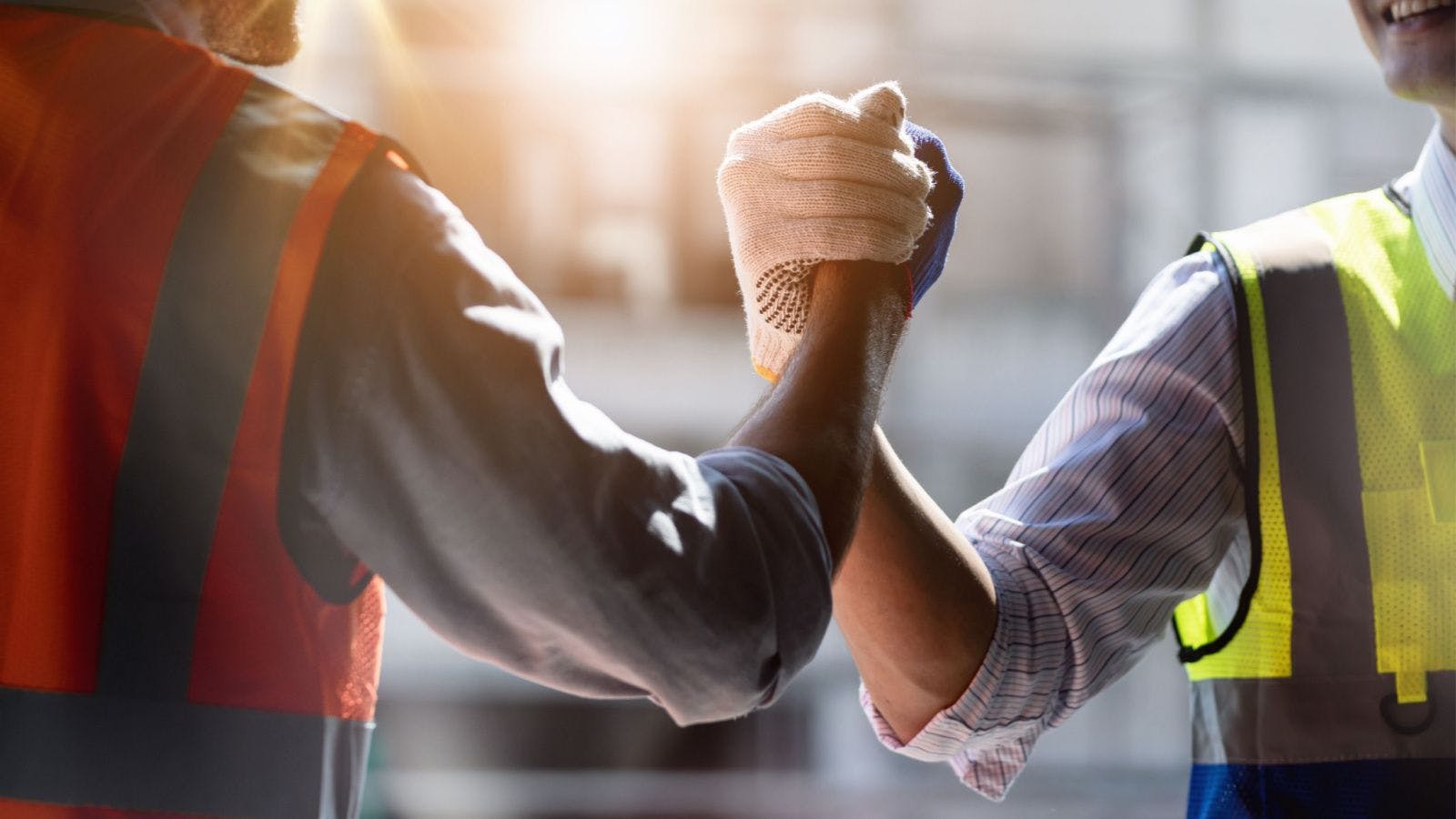
Fall Protection Products: Consensus vs. Regulation
As an end user in the construction industry, it can sometimes be difficult for contractors and subcontractors to understand whether fall protection equipment is compliant with regulations, voluntary consensus standards or both when their responsibilities are mainly to get the task at hand done. Many workers’ questions sometimes go unanswered, leaving them unsure of how to move forward even after reading instructions and labels.
The good news is that an answer does exist, but the bad news is it’s not a straightforward one. There are many contributing factors that rely heavily on product category and specific application.
The Difference Between Markings—Citing Regulations, Citing Consensus Standards and Citing Both
When choosing equipment that cites a regulation such as OSHA 1910.140, it is important to note that the equipment meets a minimum requirement but follows a set of guidelines that could potentially be interpreted and applied in many ways. This brings up the concern of potential lack of safety features that would be mandated in voluntary consensus standards.
Most end users understand how to use some of the more basic equipment for fall prevention such as OSHA-compliant guardrail. Guardrail is used as a barrier to prevent access to an area. There is generally a comfort level with use of guardrail, base plates and accessory products such as toe boards, due to frequent use, similarity of basic product concepts or design among different manufacturers and overall ease of setup and use.
However, even with such a rudimentary product, there is still opportunity for misuse. Often overlooked are the critical details of maximum roof pitch, the addition of outriggers for a guardrail system and most importantly, the effects of wind gusts and slippery surfaces on the performance of the guardrail system. Each component must be carefully examined to be compliant to OSHA regulations and adhere to manufacturer instruction manuals.
As with guardrail systems, horizontal lifelines are also highly dependent on the application. Used for fall restraint or fall arrest, horizontal lifelines, while still OSHA compliant, are much more nuanced in usage and application. A horizontal lifeline system, when installed and used safely, considers many other factors such as:
- the quantity of users for the system;
- minimum and maximum weight of the worker including all equipment;
- loading requirements of the structure; and
- compatibility with connectors and anchorages.
Setback distance from the leading edge, fall clearance and swing fall considerations also play a large factor in the safe use of the equipment. Contractors can purchase the proper horizontal lifeline equipment, but if the setup of the system is incorrect, still place themselves at peril.
Horizontal lifelines as systems also vary widely among different manufacturers, making it crucial to carefully read the details and specifications provided before each setup. The orientation of an anchor or the inverted use of a self-retracting lifeline with a rebar hook are just two examples where it may be helpful to have a qualified person or experienced sales representative assist to ensure safe usage. No matter the type of equipment that adheres to mandatory OSHA regulations as well as other voluntary standards, inspection of fall protection products prior to each use is a detail that should never be overlooked.
For equipment that cites consensus standards, assume the equipment has strictly followed a design, performance and markings criteria intended specifically for that type of product in order to expand on the safety factors and increase the integrity of the overall product. The reason the granularity of the product expectation is so much more elevated on these standards is simply due to the fact industry professionals are behind the wording that has been thought through with individuals who have dedicated their careers to solving problems, preventing misuse and general improvement based on customer feedback.
However, consensus can also carry a negative association in some parts of the world because it is not policed like regulation is. This unfortunately allows for improper use of standards on products, which highlights the importance of working with an experienced safety professional or trusted partner.
Andre Pelland has more than 10 years of safety product design and testing experience for ANSI and CSA standards. He is on several ANSI Committees, an Associate for the CSA Z259 Technical Committee and is on the ISEA Fall Protection Committee.
Related stories








